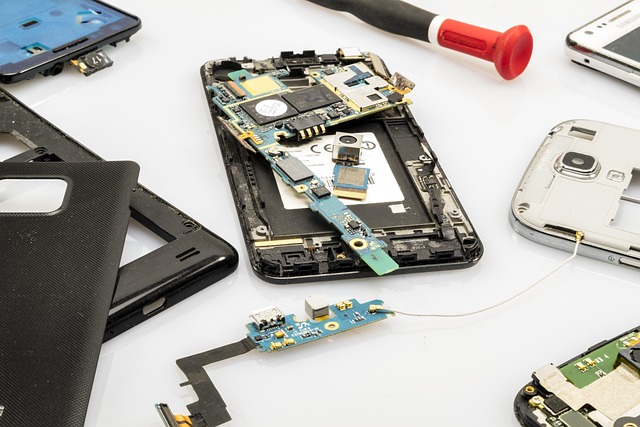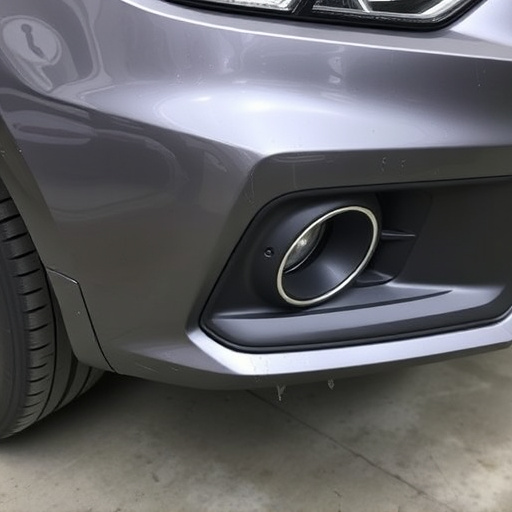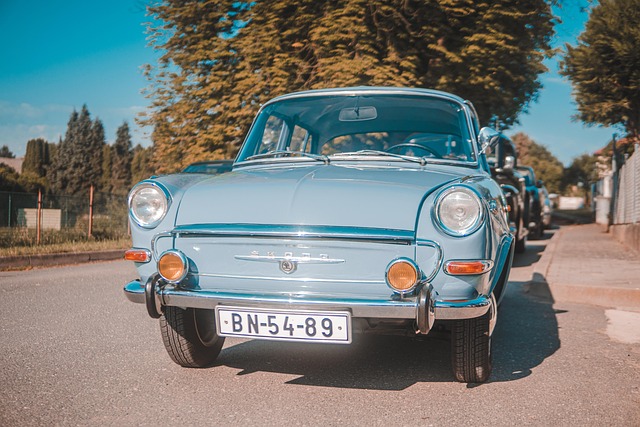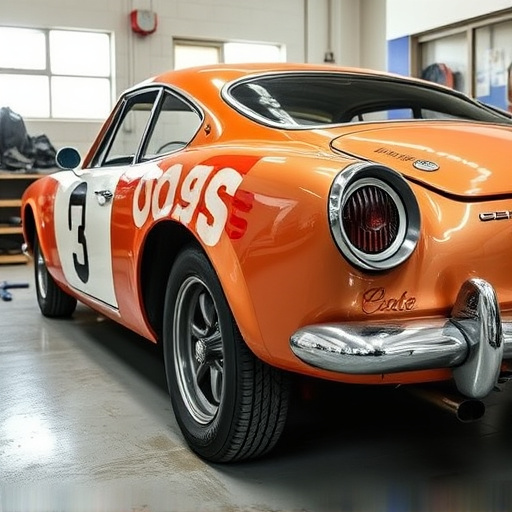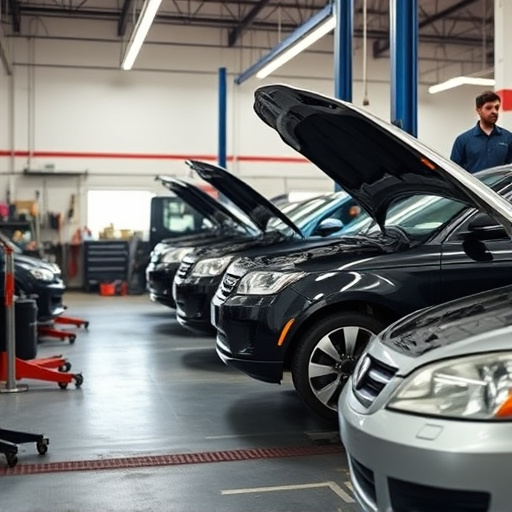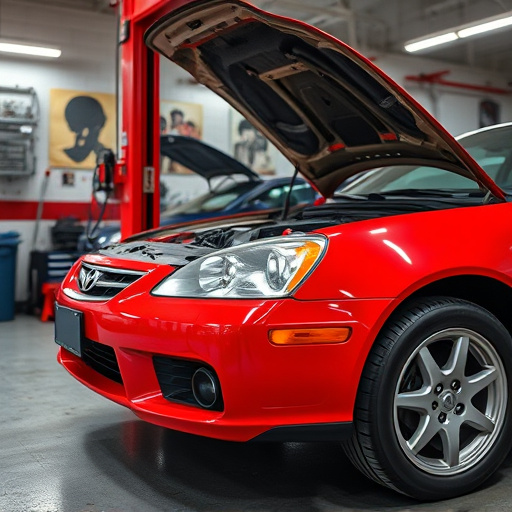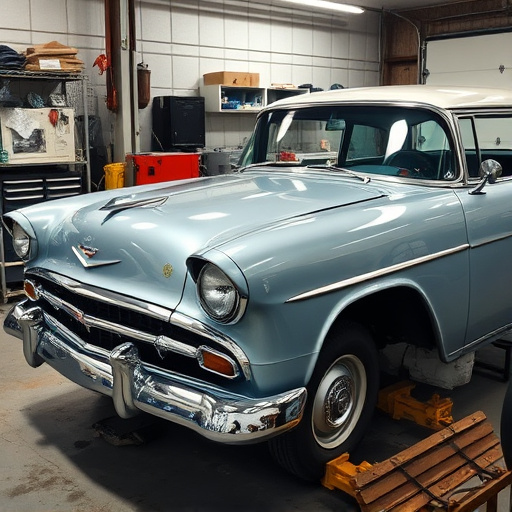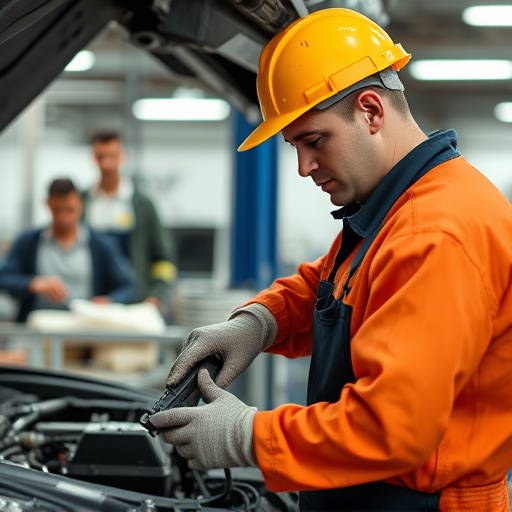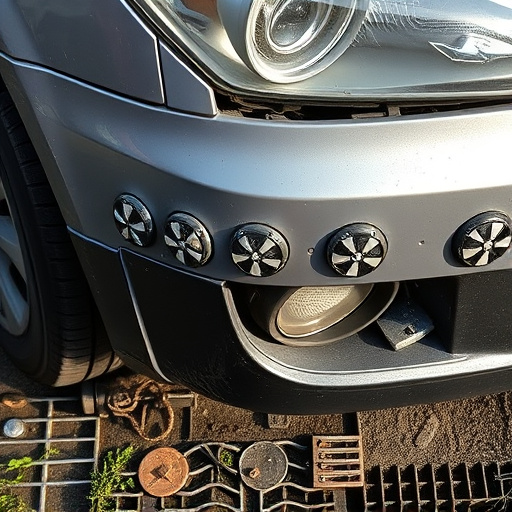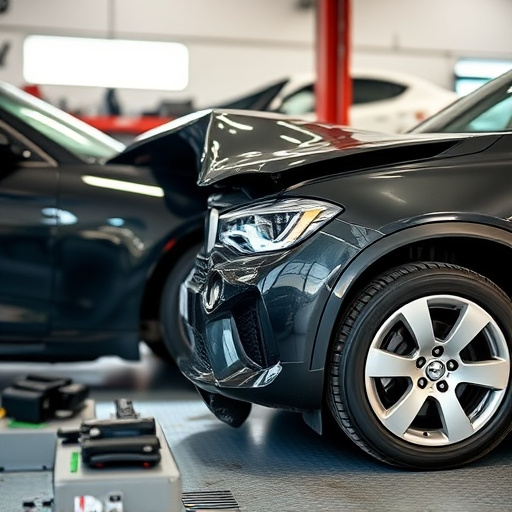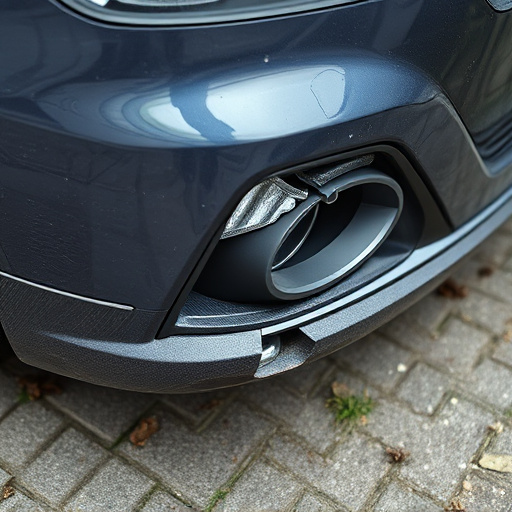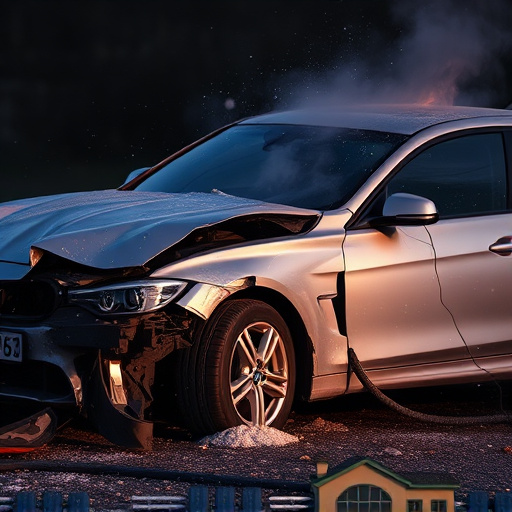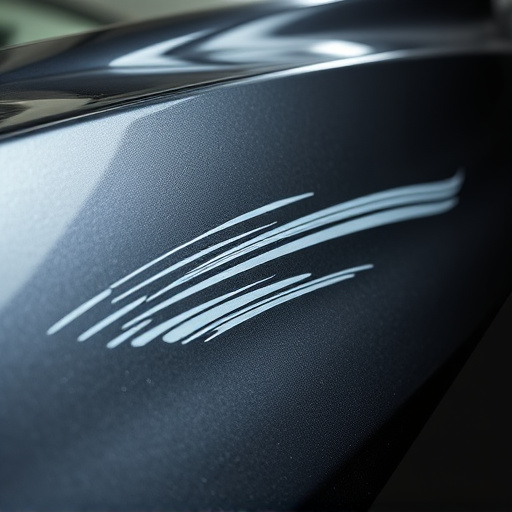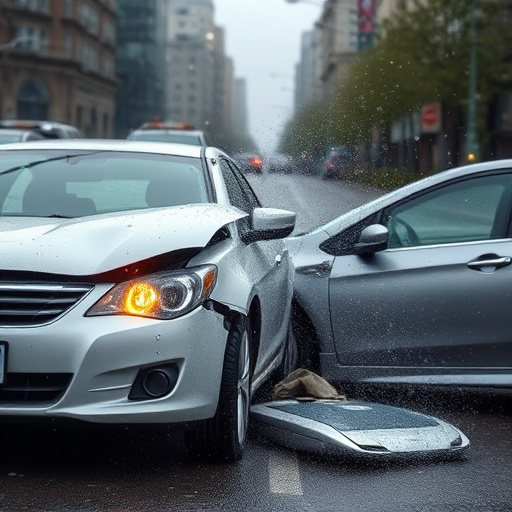Detailing after a collision involves restoring vehicles to pre-accident condition through multi-step process including cleaning, paint repair, and protective coatings. Key products like ceramic coatings and scratch-resistant films protect exteriors, with selection based on damage severity, climate, and desired protection. Professional detailers use specialized tools to remove dents, restore paint, and ensure perfect alignment for vehicles like Mercedes Benz.
In the aftermath of a collision, proper detailing and paint protection become crucial steps in restoring your vehicle’s pre-accident condition. This comprehensive guide delves into the essential practices of detailing after collision, emphasizing the importance of choosing the right paint protection solutions. By understanding the intricacies of this process, you can ensure your car not only looks its best but also maintains long-term protection against future damage.
- Understanding Detailing After Collision: The Essentials
- Choosing the Right Paint Protection Solutions
- Restoring Your Vehicle's Pre-Collision Condition
Understanding Detailing After Collision: The Essentials
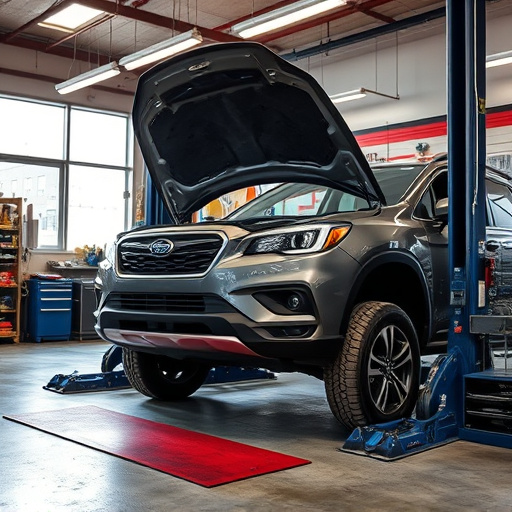
After a collision, understanding the process of detailing is crucial for both vehicle aesthetics and resale value. Detailing after collision goes beyond basic repairs; it involves meticulous restoration and enhancement to match or surpass the car’s pre-accident condition. This process encompasses several steps, including thorough cleaning, paint repair, and application of protective coatings, such as ceramic waxes or clear coats. These measures not only restore the vehicle’s exterior but also safeguard against future damage.
Key aspects of detailing after collision include assessing the extent of damage, especially subtle dents and scratches that might have been hidden under paint chips. Professional technicians employ advanced techniques like dent removal and precision sanding to eliminate these imperfections. For classic car owners, meticulous restoration is paramount, as it requires a deep understanding of the vehicle’s history and original specifications. Regular auto maintenance, including regular washing and application of protective treatments, can also significantly contribute to preserving the car’s appearance post-collision.
Choosing the Right Paint Protection Solutions
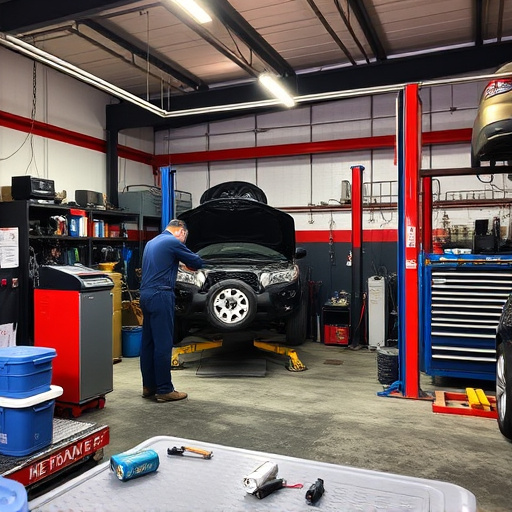
When it comes to detailing after a collision, selecting the right paint protection solutions is paramount. These products play a crucial role in safeguarding your vehicle’s exterior during the repair process. The market offers various options, from ceramic coatings to scratch-resistant films. Choosing the ideal solution depends on factors like the severity of damage, your climate, and desired level of protection.
For instance, automotive repair services often recommend ceramic coatings for their superior durability and resistance to UV rays. This makes them an excellent choice for regions with high sunlight exposure, preventing premature fading and chipping. Alternatively, scratch-resistant films are ideal for areas prone to minor dents and scratches during daily driving, providing a protective layer without significantly altering the vehicle’s appearance. Incorporating these considerations into your decision ensures optimal results in automotive repair, enhancing the longevity of your vehicle’s paint job.
Restoring Your Vehicle's Pre-Collision Condition
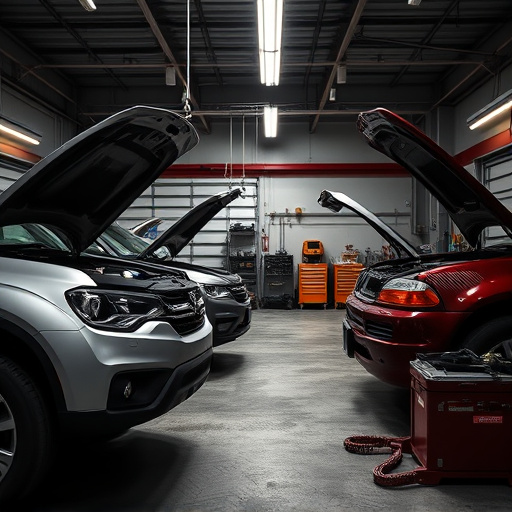
After a collision, restoring your vehicle to its pre-accident condition is paramount. The process begins with an extensive inspection to identify any damage, from minor dents and scratches to more significant structural issues. Detailing after collision involves not just repairing visible damage but also treating hidden imperfections that may have been caused by the impact. Professional detailers use specialized tools and techniques to remove dents, restore paint jobs to their original gloss, and ensure every panel is aligned perfectly.
For luxury vehicles like Mercedes Benz, collision repair requires a meticulous approach. Skilled technicians in a reputable vehicle body shop understand the intricate details of these cars, ensuring that every curve and contour is returned to its pre-collision state. This level of precision not only maintains the aesthetics but also preserves the car’s overall value. By focusing on both visible and hidden damage, detailed collision repair can help your vehicle look and perform like new again.
In light of the above, it’s clear that proper detailing after a collision is not just about aesthetics but also ensuring your vehicle’s safety and value. By understanding the process, selecting the right paint protection applications, and striving for pre-collision restoration, you can effectively navigate the aftermath of an accident. Remember that investing in quality detailing services can make all the difference in protecting your vehicle’s condition and resale value. Thus, whether you choose clear bra or other protective coatings, prioritizing detailing after collision is a crucial step in maintaining your vehicle’s integrity and beauty.
